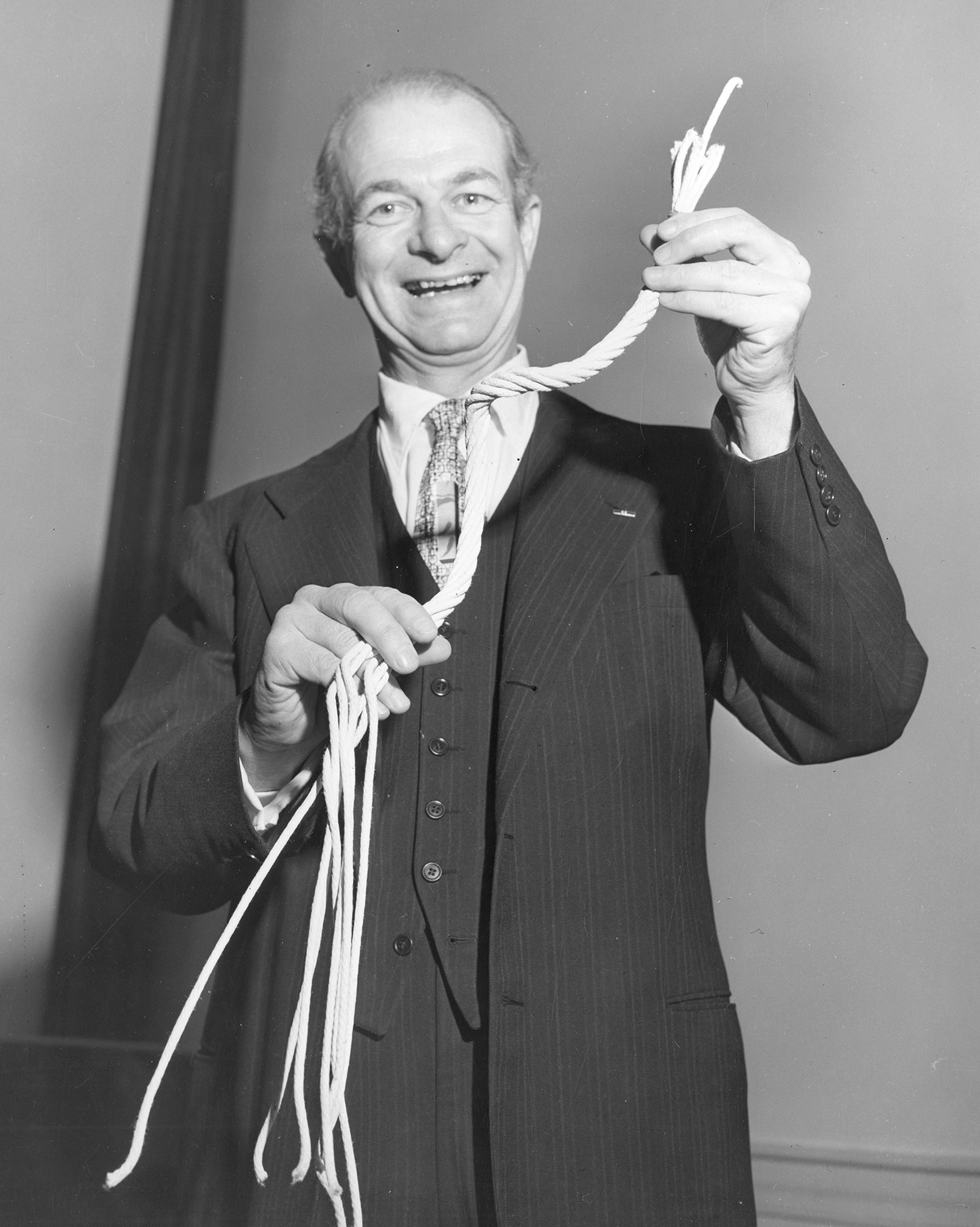Pauling, Linus Carl (1901-1994), an American chemist, won two Nobel Prizes. He received the 1954 Nobel Prize in chemistry and the 1962 Nobel Peace Prize.

Pauling won the chemistry prize for his research on the nature of chemical bonds. He showed that a knowledge of the way atoms are linked helps explain the structure of complex molecules. Pauling began his research by studying the structure of crystals. He analyzed the way atoms in a crystal diffract (spread out) X rays as the rays pass through the crystal. Pauling combined his findings with the theories of quantum mechanics about the arrangement of electrons within an atom and the ways in which atoms share and exchange electrons (see Quantum mechanics ). In this way, he calculated the energies that bind atoms, the distances between the atoms, and the angles at which the bonds form.
Much of Pauling’s research involved the study of amino acids, the organic compounds that make up proteins. His work contributed greatly to an understanding of the complex molecular structure of proteins. It also led to new knowledge about sickle cell anemia, a disease of the red blood cells. Pauling later attracted attention for his experiments on the use of vitamin C in treating cancer and the common cold.
Pauling won the Nobel Peace Prize for his efforts to ban nuclear weapons, especially his campaign against nuclear weapons testing. In 1958, he submitted a petition to the United Nations (UN) that stated in part: “Each added amount of radiation causes damage to the health of human beings all over the world.” More than 11,000 scientists from 49 countries signed the petition. It helped lead to the signing of a treaty in 1963 that outlawed nuclear tests in the atmosphere, in outer space, and underwater—but not underground. Most UN members signed the treaty.
Pauling was born on Feb. 28, 1901, in Portland, Oregon. He received a Ph.D. degree from the California Institute of Technology in 1925. He died on Aug. 19, 1994.
